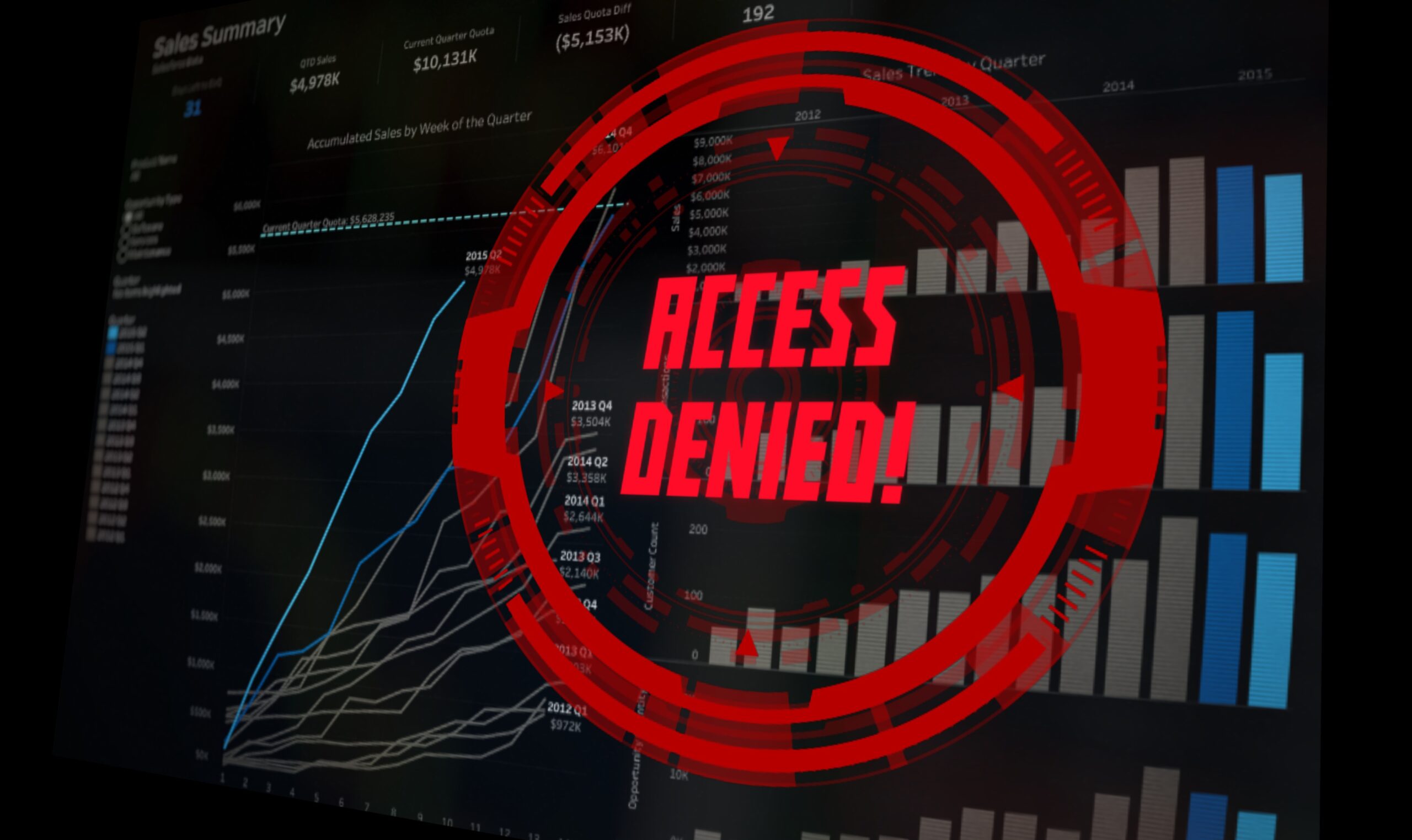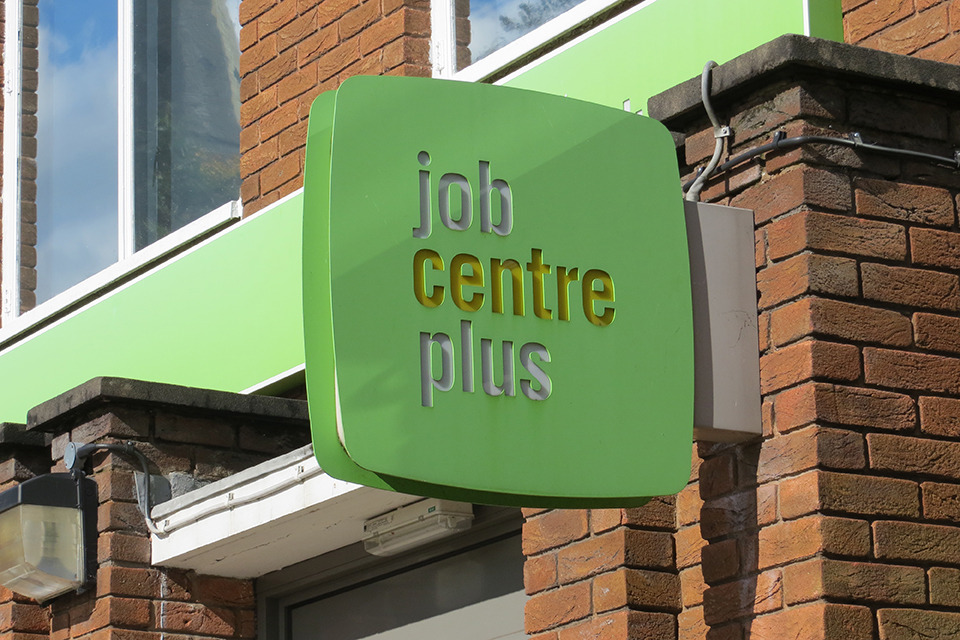Open-source project hopes to improve policy design and service delivery
An image of Bradford City Hall Credit: Tim Green/CC BY 2.0
A highly-detailed “online clone” of Bradford city centre is being built to help the design of policy and the delivery of citizen services.
The University of Bradford and Bradford Council have begun work on creating a “brick-for-brick high-resolution copy” of the central district of the West Yorkshire city. The model may be expanded more widely across the city in due course.
The primary aim of the project is to “revolutionise” civic planning and the development of policy in areas such as transport and the environment.
“But it will also transform how people interact with the city,” the university said. “Businesses could open virtual shops, allowing customers to browse virtual aisles, artists could install virtual exhibitions and heritage trails could be created throughout the city.”
Related content
- How Bradford Council has worked to keep tourism alive with virtual visits
- Bradford to build app to boost uptake of online services
- Bradford to bring digitisation to registrar’s office
The programme of work will bring together data from more than 60 miles of streets that will feed into the creation of a 3D virtual model.
Information will be gathered by academics riding around the city on an electric trike fitted with laser scanners. This will be supplemented by 360-degree photographs taken both at ground level and via a drone-mounted camera.
Work to create the Bradford clone is part of the EU-funded SCORE – Smart Cities and Open Data Re-use – project. Eight other cities around Europe are participating in the programme.
The virtual Bradford project intends to make the finished clone – which should be completed by the end of the year – available for copyright-free use by citizens, businesses, or other public-sector entities.
Syd Simpson, flood risk and mapping officer at Bradford Council, said: “This concept of a virtual digital twin of a city goes back quite a few years, but the ability to create one has been limited by the expense of the technology. For a long time, it was too expensive for a local authority to build something like this. As the years have gone by, it has become cheaper and easier to do these things. We had an opportunity through the SCORE project, which is really where the seed of this has come from – it has enabled us to commission this work and the university won the tender.”
Professor Andrew Wilson, from the university’s School of Archaeology and Forensic Sciences, said: “This is essentially a 3D model or digital twin of the city, capable of showing accurate levels of detail for the built environment. The benefit of ‘Virtual Bradford’ will be to support various strategic priorities for the council, including urban civic planning, improve traffic management, support the modelling of air quality, flood risk and noise pollution, and to highlight the heritage of the city and its benefit to enhancing education, tourism and in fostering civic pride.”



